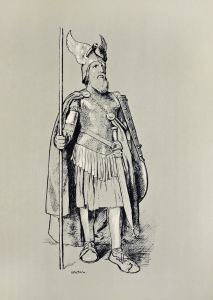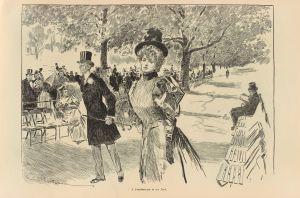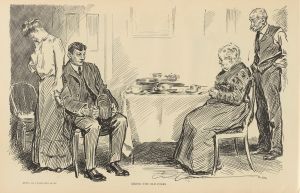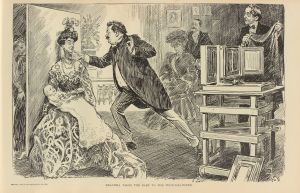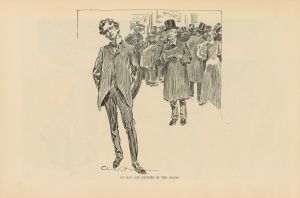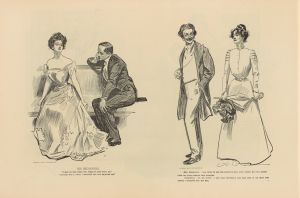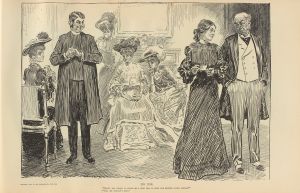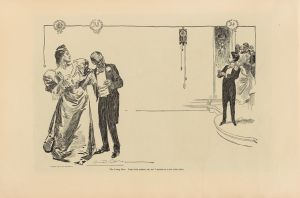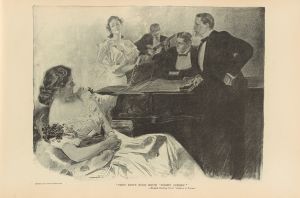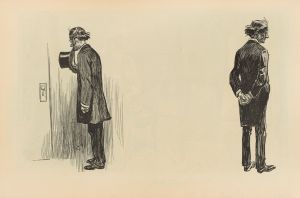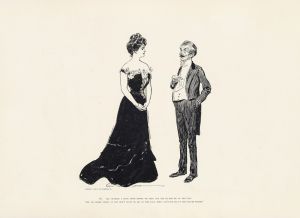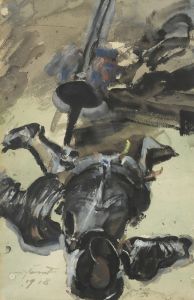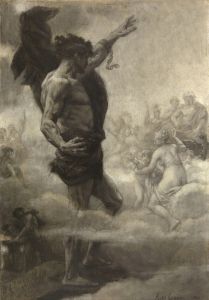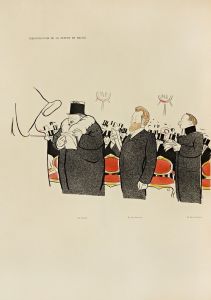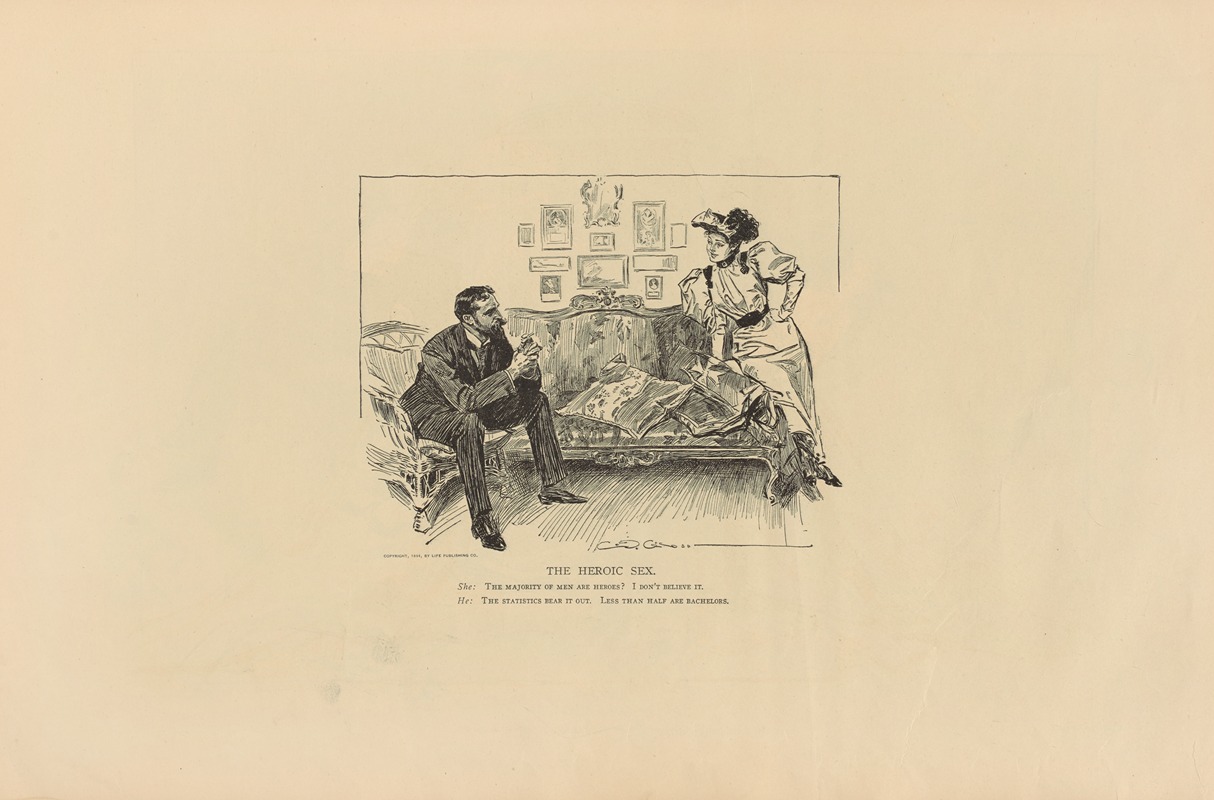
The heroic sex
A hand-painted replica of Charles Dana Gibson’s masterpiece The heroic sex, meticulously crafted by professional artists to capture the true essence of the original. Each piece is created with museum-quality canvas and rare mineral pigments, carefully painted by experienced artists with delicate brushstrokes and rich, layered colors to perfectly recreate the texture of the original artwork. Unlike machine-printed reproductions, this hand-painted version brings the painting to life, infused with the artist’s emotions and skill in every stroke. Whether for personal collection or home decoration, it instantly elevates the artistic atmosphere of any space.
Charles Dana Gibson, an American illustrator renowned for his iconic "Gibson Girl" images, created "The Heroic Sex" as part of his extensive body of work. This particular illustration, like many of Gibson's creations, reflects the societal ideals and gender roles of the late 19th and early 20th centuries. Gibson's art often depicted women in a strong, confident, and elegant manner, which became emblematic of the "New Woman" of the era—a concept that celebrated women's increasing independence and social presence.
"The Heroic Sex" was published in 1911 and is one of Gibson's most notable works. The illustration portrays a group of women standing resolutely, their expressions calm yet determined, as they observe a group of men who appear to be in a state of disarray or exhaustion. The contrast between the composed women and the beleaguered men serves as a commentary on the perceived strength and resilience of women, particularly during times of crisis. This theme aligns with the broader cultural shifts of the period, as women were advocating for greater rights, including suffrage, and challenging traditional gender norms.
Gibson's work, including "The Heroic Sex," was widely published in magazines such as Life, Collier's Weekly, and Harper's Weekly, which were popular platforms for illustrations and commentary during the time. His illustrations were not only admired for their artistic quality but also for their ability to capture and critique societal trends. "The Heroic Sex" exemplifies Gibson's skill in using visual storytelling to convey complex ideas about gender and society.
The title of the piece itself, "The Heroic Sex," suggests a reversal of traditional gender stereotypes, elevating women as the stronger and more capable sex in the depicted scenario. This interpretation aligns with the broader cultural movement toward recognizing women's contributions and capabilities beyond the domestic sphere.
Charles Dana Gibson's influence extended beyond his illustrations; his "Gibson Girl" became a cultural icon, representing an idealized vision of American womanhood during the late Victorian and Edwardian eras. While "The Heroic Sex" is not as widely recognized as some of his other works, it remains an important example of his ability to blend artistry with social commentary.
As with much of Gibson's work, "The Heroic Sex" is best understood within the context of its time, reflecting the evolving attitudes toward gender roles and the growing momentum of the women's rights movement in the early 20th century.





